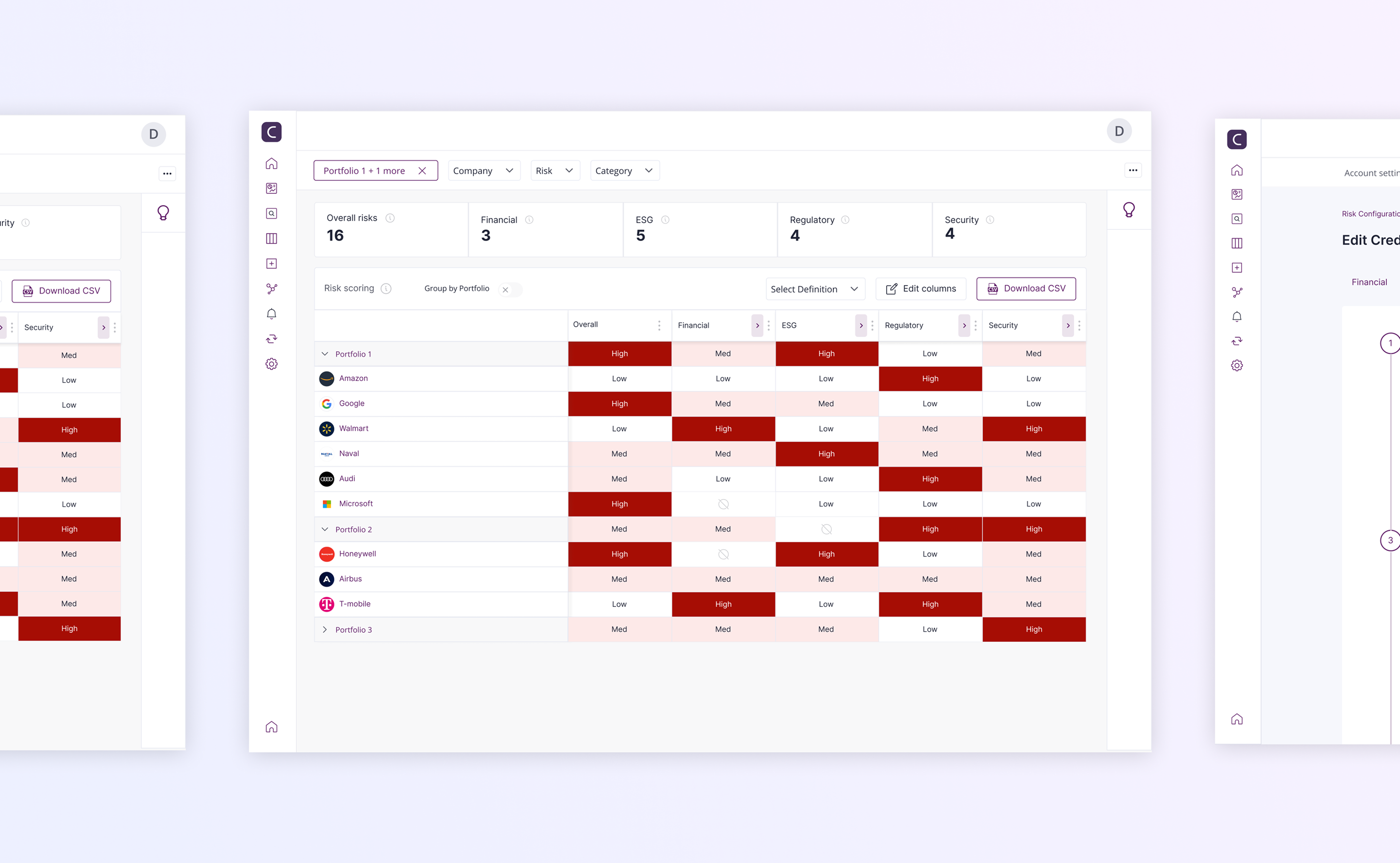
June 15, 2023
From Idea to MVP: A Startup Founder's Guide
Every successful startup begins with a simple idea, but the path from concept to a market-ready MVP is where most entrepreneurs stumble. Having guided dozens of startups through this critical phase, I've identified the key strategies that separate successful ventures from those that fail to gain traction.
The MVP development process isn't just about building a product—it's about validating your business hypothesis with real customers while minimizing risk and resource expenditure. This systematic approach has helped our portfolio companies achieve 40% faster time-to-market and 60% higher user adoption rates.
Market Validation: Your Foundation for Success
Before writing a single line of code, successful founders invest heavily in understanding their target market. This isn't just about demographics—it's about deeply understanding customer pain points, current solutions, and willingness to pay for alternatives.
I recommend conducting at least 50 customer interviews before building anything. Ask open-ended questions about their current challenges, existing solutions, and what would make them switch. This qualitative research provides insights that surveys and market reports simply cannot capture.
"The goal of a startup is to figure out the right thing to build—the thing customers want and will pay for—as quickly as possible."
Eric Ries, The Lean Startup
Feature Prioritization: Less is More
One of the biggest mistakes I see founders make is trying to build everything at once. Your MVP should solve ONE core problem exceptionally well, not multiple problems poorly. Create a feature prioritization matrix based on customer impact versus development effort.
Focus on the "must-have" features that directly address your primary customer pain point. Everything else is "nice-to-have" and should be saved for future iterations. Remember: your MVP isn't your final product—it's your learning tool.
The Build-Measure-Learn Cycle
Successful MVP development follows a continuous cycle of building, measuring, and learning. Set up analytics from day one to track user behavior, conversion rates, and engagement metrics. Use this data to make informed decisions about your next iteration.
Most importantly, establish feedback loops with your early users. Schedule regular check-ins, create user testing sessions, and maintain open communication channels. The insights you gather from these interactions are worth more than any market research report.
Remember: your MVP is just the beginning. The real work starts when you begin iterating based on real customer feedback and usage data. Stay focused, stay lean, and stay customer-obsessed.
- Solutions
- Home
- Our Services
- Portfolio




